How to Travel More Sustainably in Fiji
Authentic Insights from Expert Travel Writers
While climate change can seem like a distant issue, the impact of global warming is certainly present on the islands of the South Pacific. Although Fiji has some marine reserves and national parks to protect its flora, fauna and reefs from overfishing, the nation has been known for being slack with some large resorts being allowed to remove reefs for infrastructure, for example. As is a common theme for anyone trying to live a more sustainable lifestyle, it’s up to us travellers to be mindful of the tourism operators used, as well as be careful with the environment and respectful of communities in order to travel more sustainably. Nevertheless, ecotourism in Fiji is alive and we’re here to guide you through it.
Just a side note: All our travel tips come from genuine experiences in Fiji, shared by our team of seasoned travel writers (not AI-generated content). Scroll down to learn more about who we are and our expertise in Fiji travel.
Table of Contents
Quick Tips for More Eco-Friendly Travel in Fiji
Although our guide to ecotourism in Fiji will go into much more detail on eco-friendly and ethical travel in Fiji, here are some quick sustainability tips to get you started.
- Stay in one of Fiji’s eco-resorts to reduce your environmental impacts
- Do a village homestay to support local communities
- Visit Fiji’s national heritage parks
- Join an eco-tour for a tourism operator doing good things for the environment and/or local people
- Minimise your waste in Fiji by packing a reusable water bottle, plastic-free toiletries, metal straws, etc.
- Use public transport in Fiji where possible
- Take the most direct flight to Fiji
- Use reef-safe sunscreen and natural insect repellent
- Be careful to not stand on or damage coral.
And there’s more where that came from over in the 30 Ways to Travel More Sustainably in Fiji.
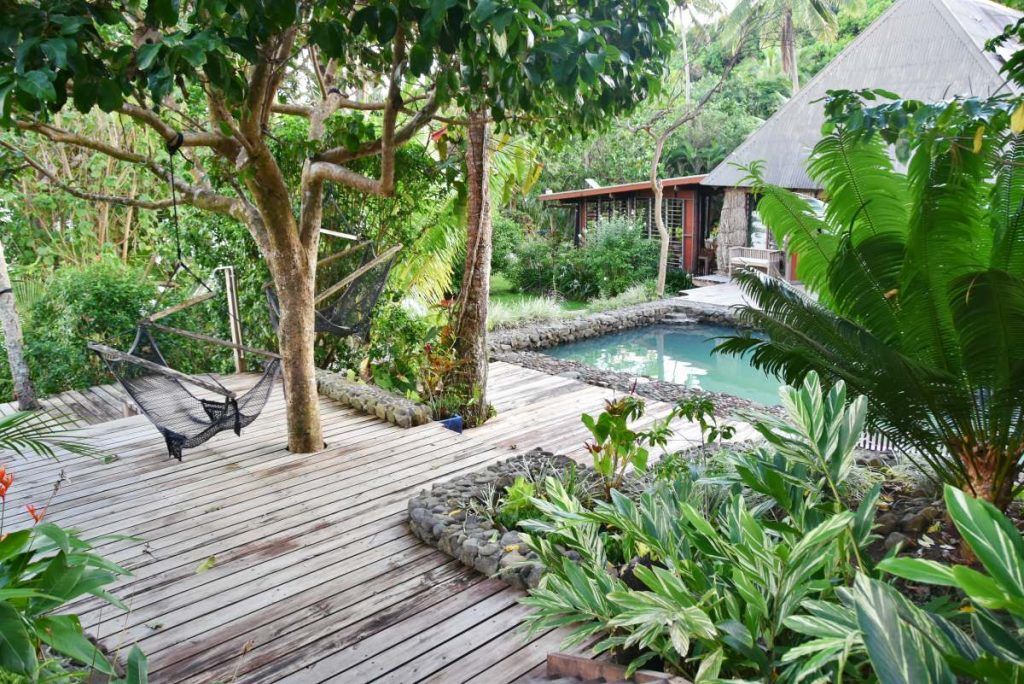 © FijiPocketGuide.com
© FijiPocketGuide.comEco-Resorts in Fiji
Resorts play a huge part in a Fiji getaway. For many, the resort is the place where travellers stay the most thanks to the offering of in-house activities, dining and bures (accommodation).
Choosing an eco-resort can help reduce your environmental impact tremendously. Typical aspects of these environmentally focussed resorts include sustainable energy sources, usually solar power, wastewater treatment to use in the resort’s organic gardens and to protect the coral, cleaning products that are biodegradable, and other initiatives. Some resorts even have their own coral conservation programs, while many hire local staff and work closely with villages for more ethical tourism.
The Best Eco-Friendly Resorts in Fiji
Some of our favourite eco-resorts we’ve discovered in Fiji include:
- Viani Bay Resort, Vanua Levu
- Royal Davui Island Resort, Pacific Harbour and Beqa
- Maqai Beach Resort, Taveuni
- Matava Eco Adventure Resort, Kadavu
- Matanivusi Beach Eco Resort, Coral Coast
- Six Senses Fiji, Mamanuca Islands
- Papageno Resort, Kadavu
- Nanuku Resort, Pacific Harbour
For more details on FijiPocketGuide.com’s top picks, take a look at the 10 Best Eco-Resorts in Fiji. You might also be interested in the 10 Fiji Resorts with Conservation Programs.
Ethical Village Stays in Fiji
Another way to experience Fiji is by staying with locals. In our experience, many villagers in Fiji open their homes to visitors to give travellers an insight into real village life in Fiji. Apart from the small commission given to booking websites, like Airbnb and Booking.com, the cost stays within the community.
Take some cash with you to the village to pay for more affordable activities than what’s on offer at resorts. Be prepared to respect the local customs, however, which we go through in our Fiji Village Etiquette guide.
See recommended village stays, including some that we’ve done ourselves, in the 10 Authentic Village Stays in Fiji.
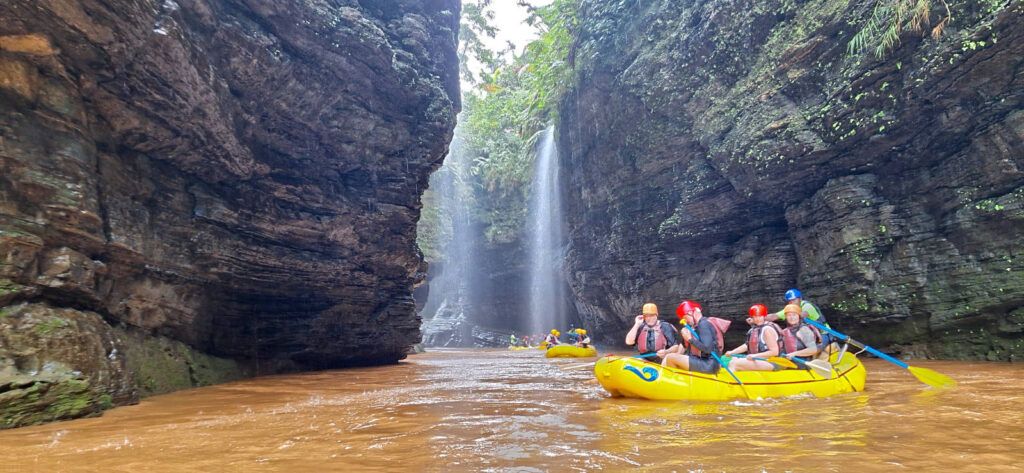 © Rivers Fiji
© Rivers Fiji15 Eco-Tours and Attractions in Fiji
Fiji is home to several eco-friendly and ethical tourist attractions. These businesses use sustainable practices, educate on conservation, and have a low impact while allowing you to encounter amazing aspects of nature.
- Rivers Fiji (Pacific Harbour): The white water rafting company established a conservation area along the rivers they use, as well as train, educate and, of course, pay local river guides.
- Kula WILD Adventure Park (Coral Coast): A bird and reptile park where Fiji’s native species are preserved through breeding programs.
- Dive Academy (Vanua Levu/Taveuni): Based at Viani Bay Resort, join coral planting tours and low-impact scuba diving and snorkelling.
- Natewa Peninsula Ecotourism Project (Savusavu, Vanua Levu): Focuses on the conservation of biodiversity in Natewa Peninsula and Natewa Bay. You’ll love exploring this area, which is known for its rich flora and fauna.
- Ecotrax (Coral Coast): We recommend this unique rail biking eco-friendly adventure that lets you pedal along disused sugarcane railway tracks, offering stunning views of the coastline.
- iBike Fiji (Nadi): Explore the stunning landscapes of Fiji on two wheels with this eco-friendly cycling tour company.
- Talanoa Treks (Suva/Nadi): Immerse yourself in Fijian culture and nature through these community-based hiking experiences (a great way to connect with locals).
- Matunavasiu Trails (Savusavu, Vanua Levu): Village-owned and operated hiking trails and cultural experiences featuring the Vuodomo Waterfall.
- Mamanuca Environmental Society (Mamanuca Islands): Support marine conservation efforts in the beautiful Mamanuca Islands by joining this organisation’s educational programs and activities.
- Vinaka Fiji (Yasawa Islands): Make a positive impact during your holiday by volunteering with this non-profit organisation, which focuses on community development projects.
- Discover Fiji Tours (Pacific Harbour): Embark on thrilling adventures across the islands with this tour operator, offering everything from village visits to waterfall treks.
- Fiji Museum (Suva): Dive into Fiji’s rich history and cultural heritage at this fascinating museum in Suva (don’t miss the ancient Lapita pottery collection!)
- Tamarillo Active Adventures (Kadavu): Help alleviate over-tourism by visiting the remote island on this low-impact kayaking tour.
- South Sea Ventures (Yasawa Islands): Do some island-hopping by kayak with a lower carbon impact while staying in Fijian villages.
- Narara Waterfall (Suncoast): Cool off in the refreshing waters of this picturesque cascade, nestled in the lush interior of Viti Levu (a perfect spot for nature lovers).
And remember, eco-resorts offer their own eco-friendly activities, so bear this in mind when planning your sustainable trip to Fiji.
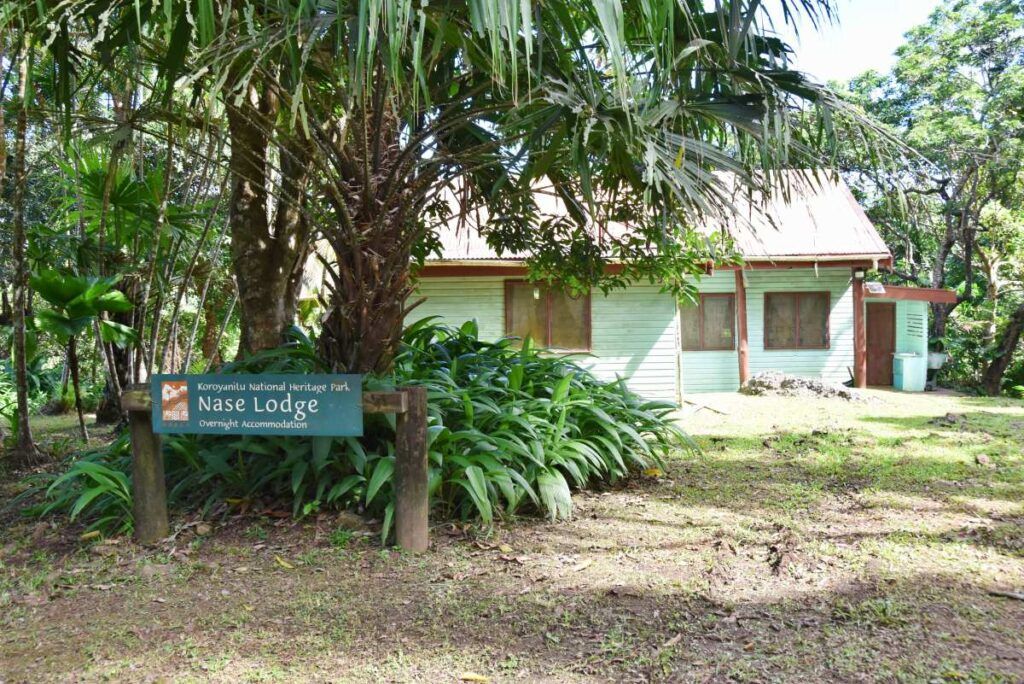 © FijiPocketGuide.com
© FijiPocketGuide.comFiji’s National Heritage Parks
On the islands of Viti Levu, Vanua Levu and Taveuni, you’ll find national heritage parks where visitors are encouraged to donate a small fee to the local villages tasked with protecting them in exchange for a guided walk or to be able to enjoy freedom hiking on the trails maintained by them. The main way to experience the national heritage parks of Fiji is on its walking trails, which you can learn more about in the Hiking section of FijiPocketGuide.com or head over to the 20 Best Hikes in Fiji.
Koroyanitu National Heritage Park
The closest national park to Nadi and, therefore, the one that most visitors are able to enjoy, the Koroyanitu National Heritage Park sits in the western interior of Viti Levu. The mountains of the national park make up the “Sleeping Giant” that you can see from Nadi. The park was created in 1992 to preserve the natural forests and birdlife, where the main village custodian is Abaca. Birds can be seen on the walking trails of the national park, as outlined in the 10 Best Walks in Nadi.
Bouma National Heritage Park
Protecting 40,000 ha (98,850 acres) of natural forest on the island of Taveuni, the Bouma National Heritage Park is Fiji’s largest national park. The park is home to a wide array of rare plants and around 100 species of birds, which can be admired on the hiking trails which are run by local villages, particularly in Bouma (Tavoro) and Lavena. Check out the 10 Best Walks on Taveuni for more information.
Sigatoka Sand Dunes National Park
Sigatoka Sand Dunes National Park, established as Fiji’s first national park in July 1989, covers over 260 ha (650 acres) on the Coral Coast. Known as the largest dunes in the Pacific Islands, this park is an area of immense natural beauty and historical significance, housing unique wildlife and a variety of plant species that have adapted to its distinct environment. The park is home to ancient artefacts, including pottery shards and human skeletal remains dating back over 3,000 years, which can be admired at the visitor centre located just outside of Sigatoka. Also, learn more about the hiking trails through the park in the 5 Best Walks on the Coral Coast.
Colo-i-Suva Forest Park
Established as a protected forest reserve, Colo-i-Suva Forest Park is located just outside Fiji’s capital, Suva, and spans 227 acres (92 ha). The park is known to inhabit around 16 endemic bird species, as well as endemic plants such as degeneriaceae and masiratu, which features on the $5 Fijian Dollar note. Learn more about the walking trails here and visiting the park in the 5 Best Walks in Suva.
Marine Reserves in Fiji
There are a number of established marine reserves in Fiji where fishing and touching any form of marine life is prohibited. That way, the life here thrives, in turn, making for exceptional places to snorkel and scuba dive. Marine reserves and marine protected areas (MPAs) are added to the list often, but some include:
- Namena Marine Reserve, Vanua Levu
- Shark Reef Marine Reserve, Pacific Harbour, Viti Levu
- Kiuva “Koula-Mai-Wai” Marine Reserve, Suva, Viti Levu
- Naiqoro Passage Marine Reserve, Kadavu
- Waitabu Marine Park, Taveuni
- Na Tabu’ Marine Reserve, Mamanuca Islands
- Vatu-i-Ra Passage, Bligh Waters.
In addition to the list above, there are estimated to be around 200 locally managed marine parks in Fiji. A full list of MPAs in Fiji can be found on the Atlas of Marine Protection website.
Resorts with Marine Protected Areas
The reefs and lagoons around these resorts are also protected from fishing.
- Nakelo Treasure Island Resort
- Beachcomber Island Resort
- Navini Island Resort
- Castaway Island Resort
- Matamanoa Island Resort
- Mana Island Resort
- Malolo Island Resort
- Likuliku Lagoon Resort
- Tokoriki Island Resort
- Wadigi Island Resort
Some of these resorts also have conservation programs, such as turtle conservation and coral planting, which you can learn more about in the 10 Fiji Resorts Doing Conservation (Turtles, Coral & More).
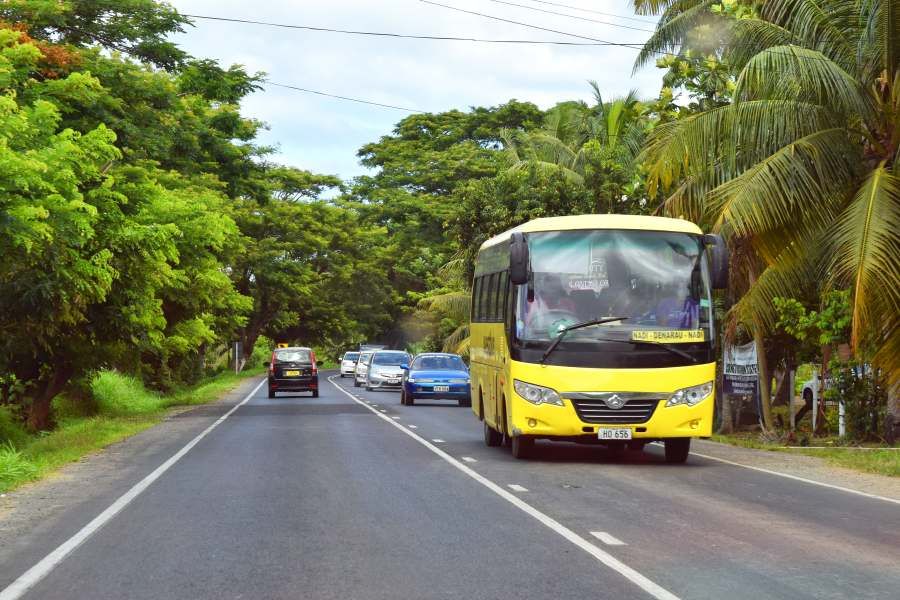 © FijiPocketGuide.com
© FijiPocketGuide.comTips for Sustainable Transport
More often than not, our biggest environmental impact when travelling is, well, the travelling part. There are, however, some ways to reduce your carbon footprint when it comes to transport.
- While carbon offsetting programs aren’t an excuse to fly more, they can help toward neutralising the associated danger to the planet. Most airlines have an option to pay a carbon offsetting organisation for the amount of CO2 you will emit on your flight. However, you can always do your own research and choose a reputable company with a proven program that invests in renewable energy.
- Take the most direct flight to Fiji. Nonstop flights generally require less fuel than flights that need to land and take-off again.
- Use public transport. Taking the bus or ferry in Fiji has much lower carbon emissions per head than, for instance, flying or renting your own car.
- If renting a car is needed, choose one of Fiji’s hybrid rentals cars available with Group 3 – Everyday Rental Cars and Dream Drives Rentals, for example.
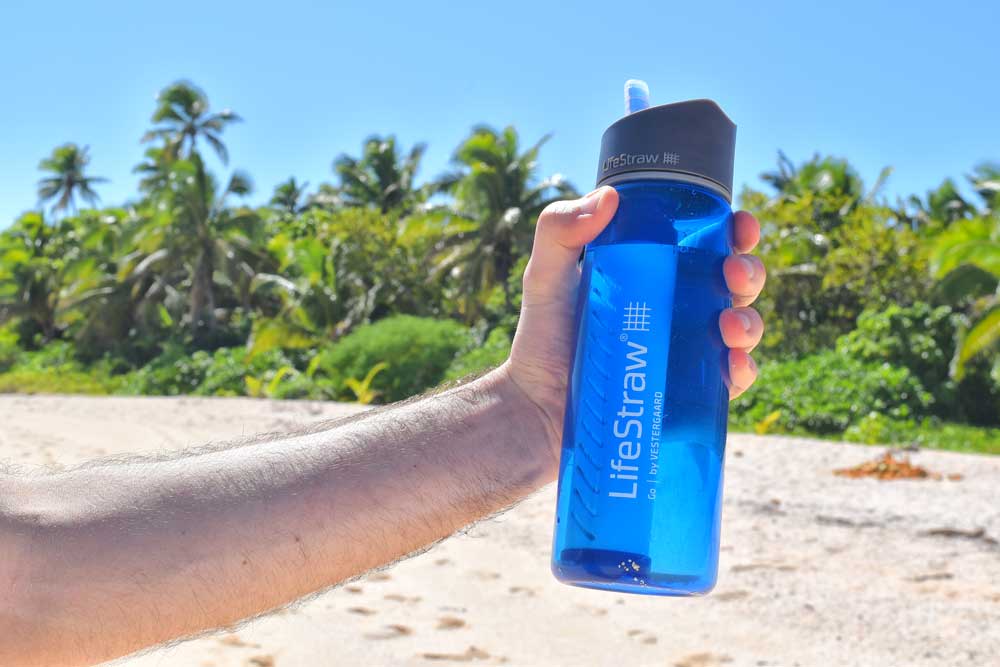 © FijiPocketGuide.com
© FijiPocketGuide.comEco-Friendly Packing Tips
Mindful packing not only means that you may save a few bucks on excess luggage fees, but it also can help you be less wasteful while visiting Fiji.
- Only take reef-safe sunscreen with you to Fiji to protect the reefs from harmful chemicals found in traditional sunscreens.
- Only use natural insect repellents to protect your skin and the environment from harmful chemicals.
- To avoid having to buy bottled water, take a reusable water bottle, such as the Lifestraw Bottle, that removes 99.9999% of waterborne bacteria.
- Pack plastic-free toiletries, such as Ethique shampoo bars, to avoid using plastic-heavy resort toiletries. Plus, no shampoo explosions from your flight!
- Choose luggage that is durable and made with recyclable materials, such as Herschel’s Eco Collection.
And, as we are sure from someone reading this guide about sustainable travel in Fiji, we don’t need to tell you to skip wrapping your luggage in plastic film at the airport…

More About Ecotourism in Fiji
That’s it for our guide to ecotourism in Fiji, for more information about sustainable travel and eco-friendly activities in Fiji, check out the following articles:
- How to Pick the Best Eco-stay in Fiji for You
- 15 Best Eco-Resorts in Fiji
- The Complete Travel Guide to Fiji
Finally, if there’s anything we’ve missed, you’re likely to find it in our 30 Tips for Travelling in Fiji.
Sources:
The information in this guide has been compiled from our extensive research, travel and experiences across Fiji and the South Pacific, accumulated over more than a decade of numerous visits to each destination. Additional sources for this guide include the following:
- Tourism Fiji (General travel advice - Updated [2025])
- Fiji Immigration (Visa and immigration advice - Updated [2025])
- Fiji Revenue & Customs Service (Customs and visitor taxes - Updated [2025])
- Biosecurity Authority of Fiji (Biosecurity advice - Updated [2025])
- Fiji Meteorological Service (Weather forecast and warnings - Updated [2025])
- Fiji Bureau of Statistics (Statistics and travel data - Updated [2025])
- Ministry of Tourism and Civil Aviation (Tourism statistics - Updated [2025])
- Land Transport Authority (Road safety advice - Updated [2025])
- Safe Travel (New Zealand travel advisory for Fiji - Updated [2025])
- Smart Traveller (Australia travel advisory for Fiji - Updated [2025])
- Travel.State.Gov (U.S. travel advisory for Fiji - Updated [2025])
- SPTO (Pacific tourism advice - Updated [2025])
- Fiji Hotel and Tourism Association (Tourism trade association - Updated [2025])
Our editorial standards: At Fiji Pocket Guide, we uphold strict editorial standards to ensure accurate and quality content.

About The Author
Robin (Ruveni) C.
This article was reviewed and published by Robin, the co-founder of Fiji Pocket Guide. He has lived, worked and travelled across 16 different countries before settling in the South Pacific, so he knows a thing or two about planning the perfect trip in this corner of the world. Robin is also the co-founder of several other South Pacific travel guides and is a regular host of webinars with the South Pacific Tourism Organisation.
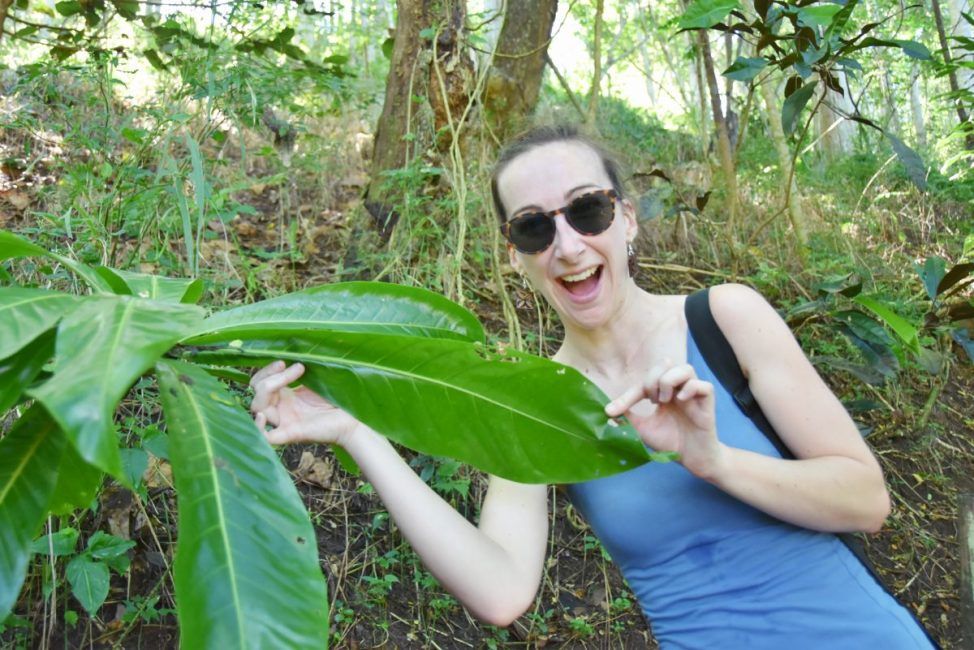
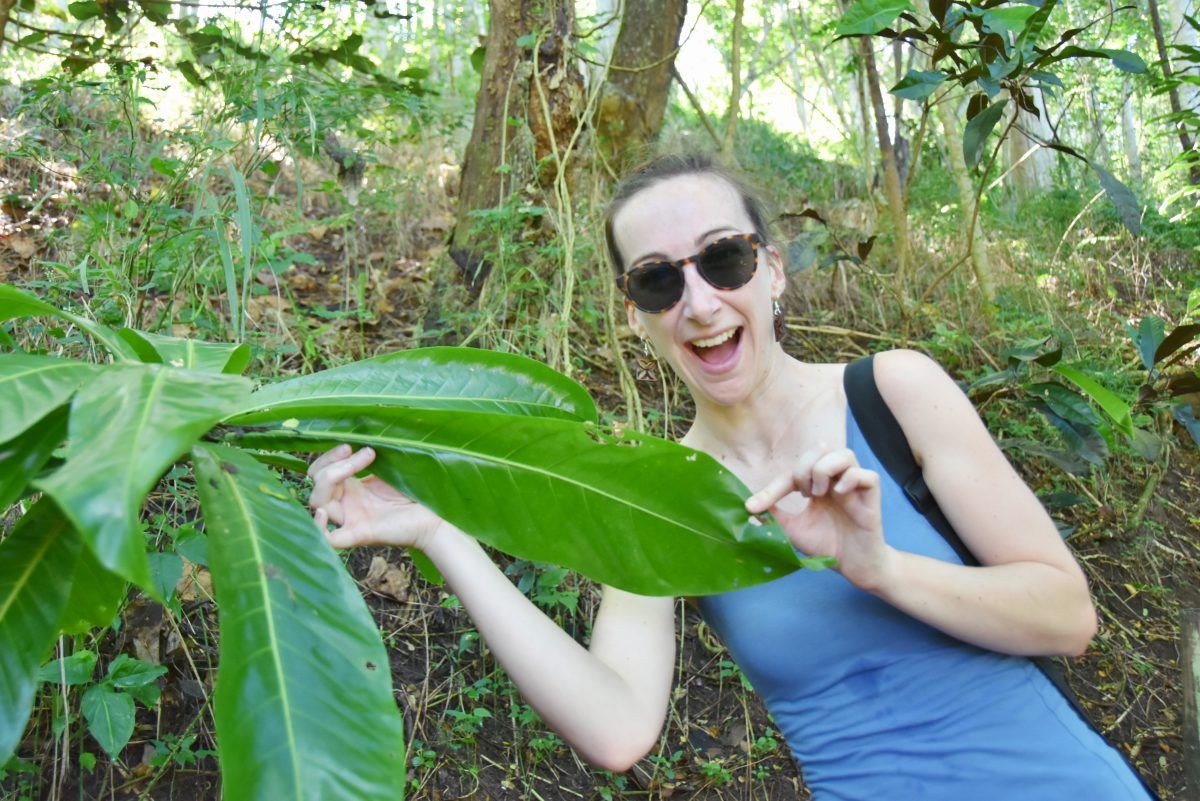


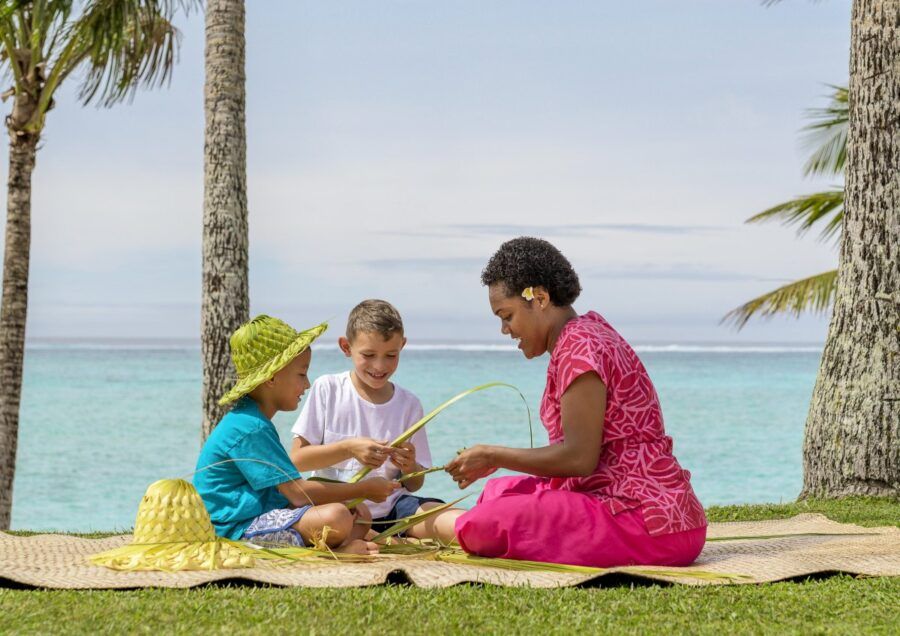

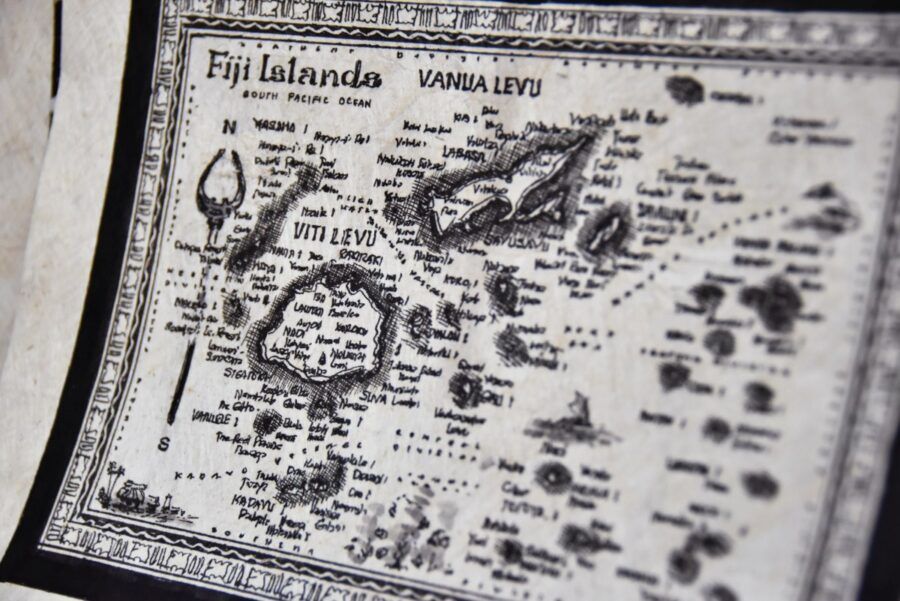
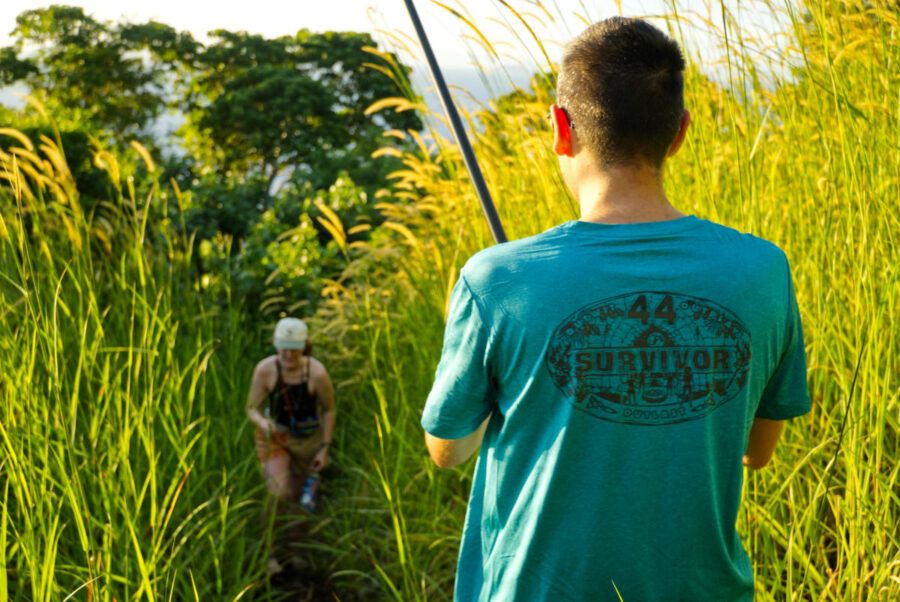
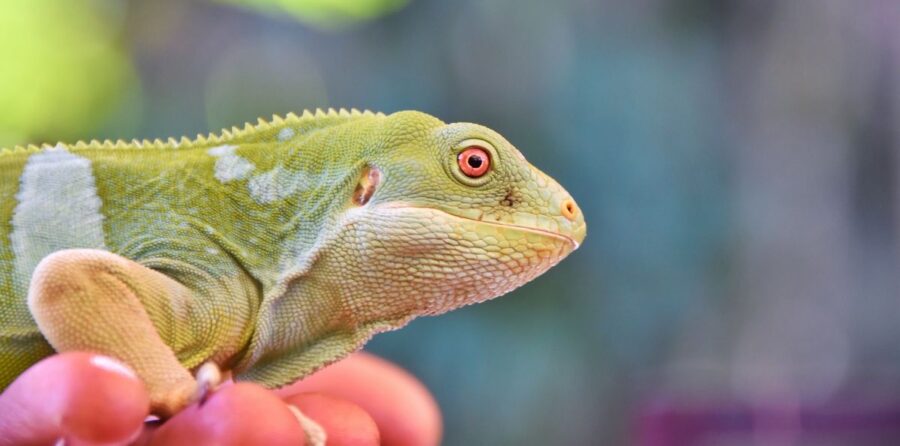

![Fiji Travel Tips: 35 Tips for Travelling in Fiji 🏝️ [2025]](https://fijipocketguide.com/wp-content/uploads/2024/02/Beach-Landscape-Kayak-Kadavu-CREDIT-Fiji-Pocket-Guide--900x675.jpg)